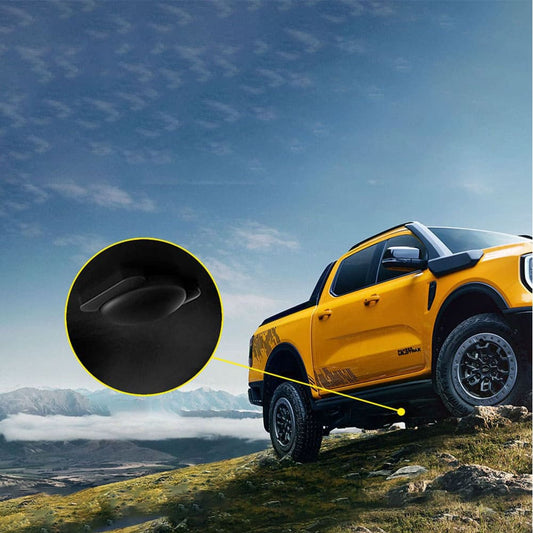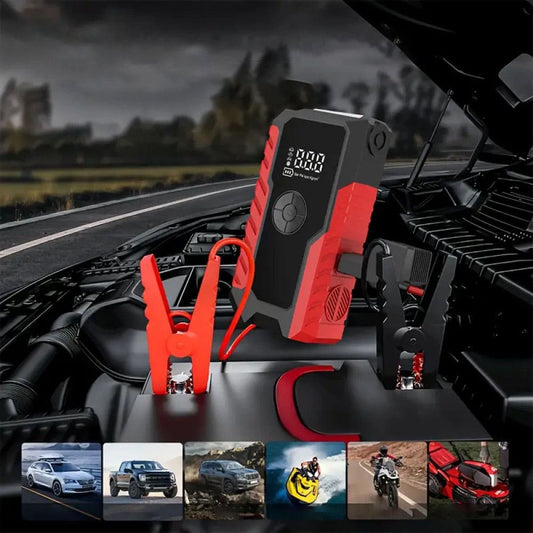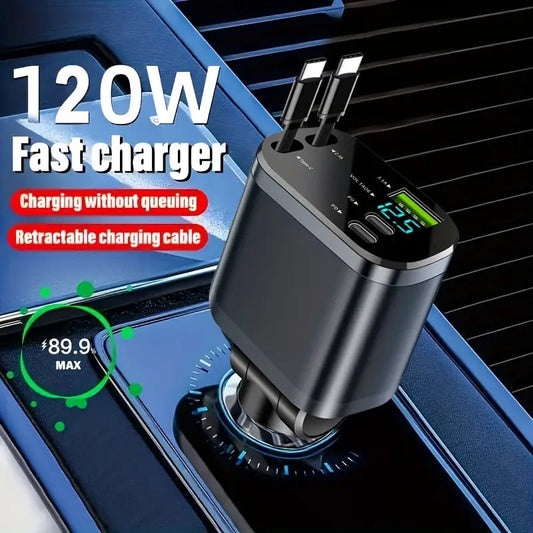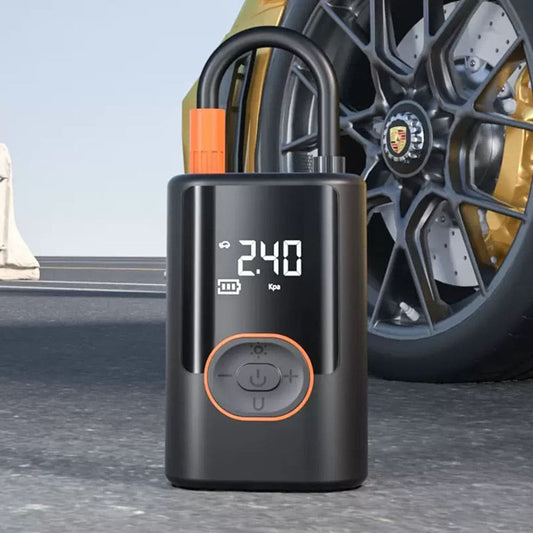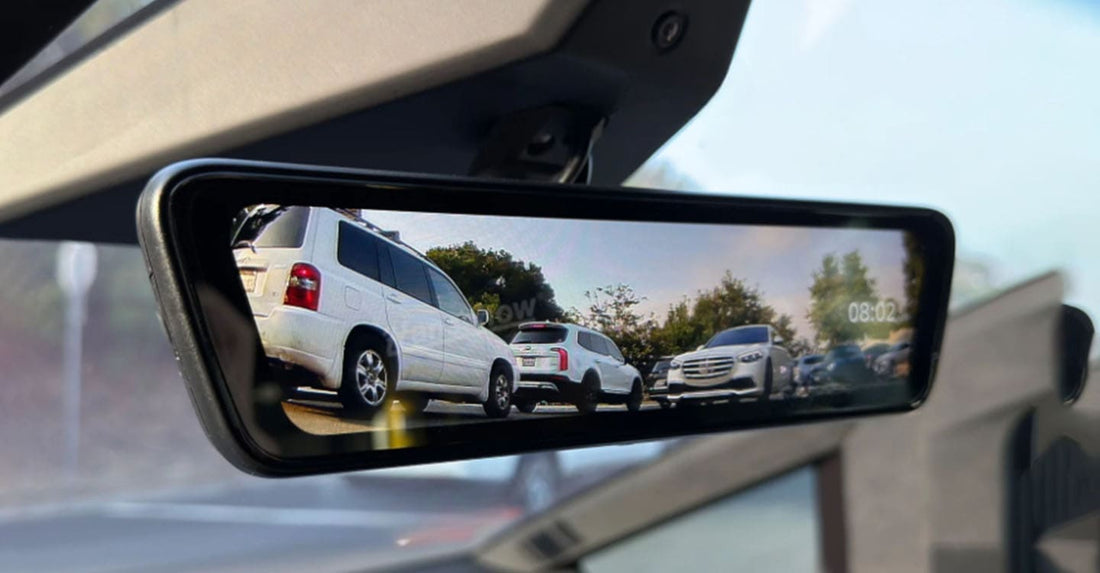
Dash Cam Power Options: Best Ways to Keep Your Camera Running
Share
A dash cam is only as reliable as its power source. Without consistent energy, it can fail when you need it most—whether documenting an accident or recording the open road. Choosing the right power setup is essential to ensure continuous recording and peace of mind. In this guide, we’ll explore two primary ways to power a dash cam: using your car’s cigarette lighter socket and installing a hardwire kit.
🔌 Using the Cigarette Lighter Socket: Plug-and-Go Simplicity
For those new to dash cams, using the 12V socket (commonly known as the cigarette lighter) is a fast and straightforward option.

How It Works
-
Connect your dash cam using the included power adapter.
-
Run the cable discreetly along the trim for a neater look.
-
Start the car, and the dash cam powers on automatically.
Why It Works for Many
-
Zero Installation: No technical skills needed—just plug it in.
-
Easy Transfer: Quickly switch between vehicles.
-
No Extra Cost: Uses your existing power outlet.

Limitations
-
No Parking Mode: It only works while the engine is running.
-
Occupied Socket: You can’t use the port for other devices like phone chargers.
⚙️ Hardwiring Your Dash Cam: A Clean, Functional Setup
Looking for a more integrated solution? Hardwiring connects the dash cam directly to your car’s fuse box, creating a seamless and secure power supply.
Installation Process
-
Choose a compatible hardwire kit, like Dynara’s model with built-in voltage protection.
-
Locate the fuse box—usually under the dashboard.
-
Use a fuse tap to connect to a circuit that switches with ignition.
-
Ground the wire to a metal point.
-
Tuck away cables under the headliner or trim for a clean look.
Key Benefits
-
Supports Parking Mode: Essential for 24/7 monitoring—even when the vehicle is off.
-
No Loose Cables: Keeps your dashboard tidy.
-
Frees Up Power Ports: Keep the 12V socket open for other uses.
Consider This
-
Installation Takes Time: Basic wiring knowledge is helpful.
-
Battery Drain Risks: Without low-voltage protection, parking mode may drain your battery. Dynara hardwire kits include cutoff protection to prevent this issue.
🔍 Cigarette Socket vs. Hardwire: What Should You Choose?
| Feature | Cigarette Lighter | Hardwiring |
|---|---|---|
| Ease of Setup | ✅ Plug-and-play | ❌ Requires installation |
| Parking Mode Support | ❌ Not available | ✅ Fully supported |
| Port Accessibility | ❌ Uses the 12V socket | ✅ Socket remains free |
| Professional Look | ❌ Visible wires | ✅ Discreet cable routing |
Choose cigarette lighter if you want fast setup and portability.
Go with hardwiring if you prefer a permanent, cleaner installation and need advanced features like parking surveillance.
🧠 Final Thoughts
A dash cam is only effective when it’s powered reliably. Whether you go for the convenience of a cigarette lighter adapter or the sleek integration of hardwiring, your decision impacts not just the look of your car interior, but also your safety on the road. Investing in the right dash cam power solution ensures your device is always ready to record when it matters most.
If you need help selecting a compatible hardwire dash cam kit, please visit the Dynara in car electronics section for more technical advice and high-quality accessory recommendations.

